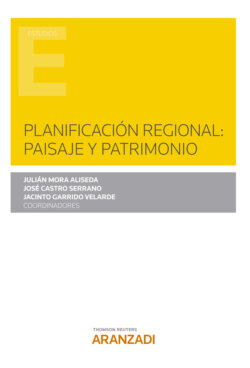Читать книгу Planificación regional: paisaje y patrimonio - José Castro Serrano - Страница 11
На сайте Литреса книга снята с продажи.
2.3. Implementation of Kyoto I 2.3.1. European emissions trading scheme introduces emission caps
ОглавлениеAt the climate summit in Kyoto in December of 1997 the industrialised countries agreed on a set of quantitative GHG emission targets, with the European Community committing to 8 % reductions of a basket of six GHGs during the commitment period 2008-2012 (compared to 1990 levels). The Kyoto Protocol (KP) installed market-based mechanisms to implement the reduction targets, i.e. international emissions trading, the clean development mechanism and joint implementation.
Except for voluntary agreements with car producers on emissions reductions in 1998 and the Landfill Directive 1999/31/EC to reduce methane in 1999, there was not much concrete progress regarding European climate PAMs in the late 1990s in the direct aftermath of Kyoto. However, as a result of having to define a strategy to meet the targets, the Community entered a more dynamic phase in climate policy-making at the beginning of the new millennium. In the year 2000, the European Climate Change Programme (link is external) (ECCP) was launched, which examined an extensive range of policy sectors and instruments with the potential for reducing GHG emissions and developed common and coordinated strategies to fulfil the Kyoto targets. It led to the introduction of the European Emissions Trading Scheme (ETS) with national caps for emissions from power and industry sectors in each MS, as well as proposals and communications in fields such as energy labelling and the promotion of cogeneration and biofuels. Moreover, the Renewable Electricity Directive introduced indicative targets on the share of renewable electricity for each MS. In addition, further legislation on biofuels and energy efficiency was adopted. Policies and measures to meet the Kyoto targets of the first commitment period were discussed between 1998 and 2006 and aimed at bringing about reductions for the period of 2008 to 2012 (Delreux & Ohler, 2019).
